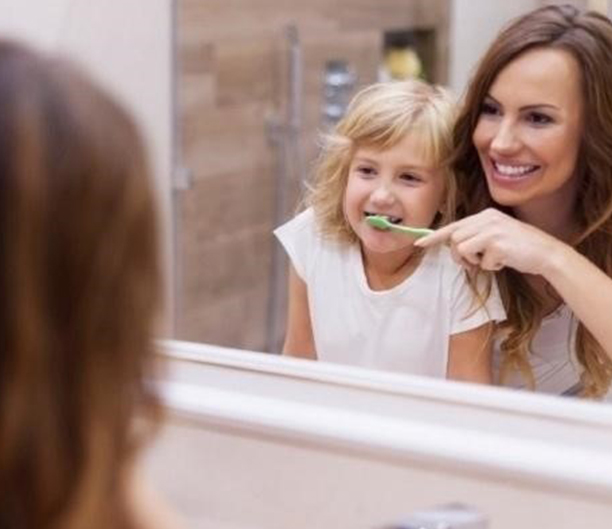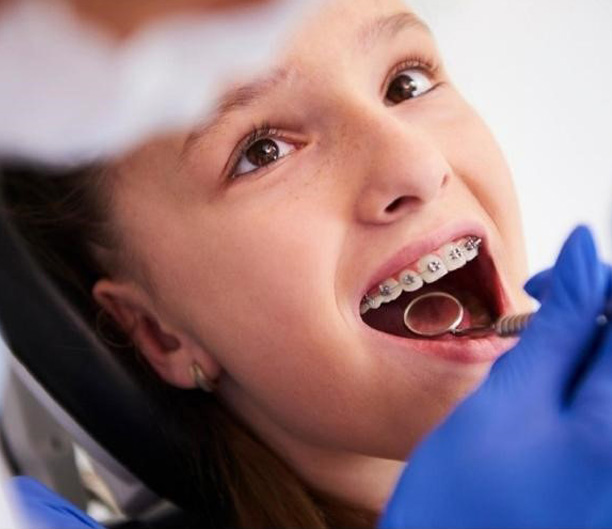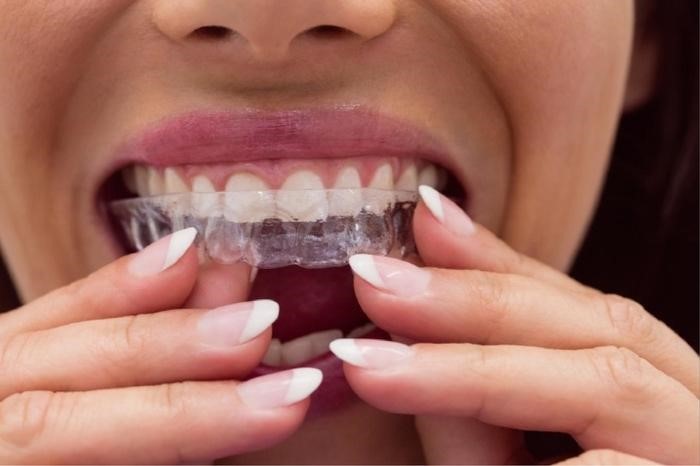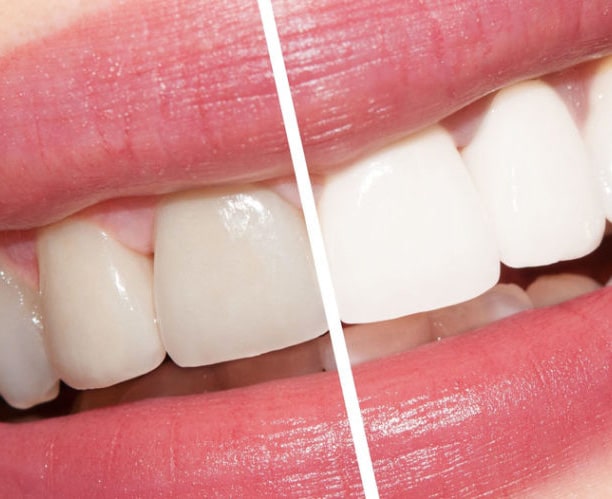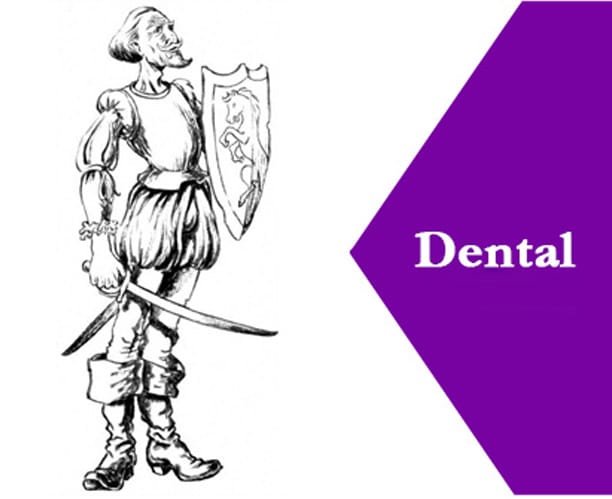Dental Health: Tips on Caring for Children’s Teeth
Speaking as a Dubai pediatric dentist, I really cannot emphasize this enough: caring for your children’s teeth is just as important when keeping track of their overall health, and good dental habits should be established from the onset.
More often than not, parents underestimate the importance of good dental hygiene practices starting from infancy. Perhaps there is a thinking that baby teeth are still temporary and it is fine to not maintain them that religiously yet, which is very wrong.
As parents, setting good dental habits at a very early age is a great start to ensure that our children will have healthy teeth and gums as they reach adulthood and that they will carry these habits throughout their lifetime. In principle, there is no such thing as too early when we are talking about kids’ dental hygiene.
Understandably, caring for children’s teeth can be a little taxing especially if you are unsure where or how to start. Read on and learn some fundamental advice and tips from Dubai pediatric dentists on caring for children’s teeth.
Infancy Stage: From 0 to 12 months old
- Remember, just because there are no teeth yet doesn’t mean you can skip any form of dental cleaning. Babies are typically born with their first teeth already set in their jaws. Although every child is different, the first teeth would usually start to come out by the 6th
- During the infancy stage, clean your baby’s gums by wiping them with a soft damp cloth or gauze pad. Using an index finger, gently run the cloth all over the gums. Cleaning should be done at least twice a day.
- Once the first tooth or set of teeth erupts, you can switch the damp cloth with a soft-bristle baby toothbrush, or a finger toothbrush.
- If your baby feeds during bedtime or naptime, make sure to clean their teeth afterward, even if they have fallen asleep.
- Avoid introducing any sweets just yet, such as juice or other flavored drinks.
- If your baby uses a soother or pacifier, never put any kind of sweetener on it.
- Make sure to sterilize everything that is put in your baby’s mouth such as soothers and bottle nipples to rid them of bacteria that may cause tooth decay.
- Finally, take your baby to their first pediatric dentist appointment in their 12th month, at the latest. Ideally, a dental checkup should be done within 6 months after their first tooth erupted.
Toddler Stage: From 1 to 3 years old
- Perhaps there is no better time to teach kids dental hygiene practices than the toddler stage. Anything that you teach them at this stage and repeated over and over again can be carried on in the years to come, teeth brushing habits included!
- Remember that children imitate adults around them, so parents should be good role models when it comes to brushing their teeth too! Train your child to brush their teeth on their own by showing them the proper way of doing it. Still, supervise them well and finish it off in case there are spots or food particles that they missed.
- By the time they are 3 years old, children would usually have about 20 teeth on average. The dental floss should then be introduced as soon as any two teeth meet and touch.
- During this stage, you may start to use fluoride toothpaste. A small smear to not more than a grain-sized amount should suffice. Make sure to teach your child not to swallow the toothpaste.
- There is no need to rinse off the toothpaste after brushing so the fluoride can remain and work to its best effect.
- Brushing should be done at least two times a day, and not less than 2 minutes each time. Instill in them the daily habit of brushing their teeth before bedtime.
- Regularly check for any signs of tooth decay. Look out for chalky spots or brown discoloration, and give your pediatric dentist a visit if you see one.
- It is best to wane your child off the bottle and pacifier during this age period as well. It is not a good habit to let them fall asleep with a bottle of milk or other drink as this can cause tooth decay.

Preschooler Stage: From 3 to 5 years old
- The amount of fluoride toothpaste can be increased to not more than a pea-sized amount.
- Even when they have learned to brush on their own, you should still make sure to check that they are doing it properly and that all surfaces have been covered.
- Parents should help with flossing as this could still be quite a challenge for toddlers.
- Aside from brushing at least two times a day, also teach them to rinse their mouth after snacking to make sure there are no food particles stuck in their teeth for long periods.
- It is during this age period that some kids would feel like brushing their teeth is such a chore for one reason or another. To make sure that they keep up the habit, make dental hygiene a fun activity for your kids so they can actually look forward to doing it! One of the things you can do is to give them the freedom to choose the toothpaste flavor that they like or a toothbrush design and color that they prefer. When brushing their teeth, use a timer or play a song that is timed just right, so they don’t rush it. You can also give them some form of a reward when they keep up their great dental habits.
6 years old and beyond
- Upgrade your child’s toothpaste to one that contains not more than 1,500ppm of fluoride, or upon your pediatric dentist’s recommendation.
- At this age, they should be able to independently brush on their own, however, it’s still best to check from time to time if they are doing it properly. Make sure they are flossing diligently too!
- Typically, the primary or baby teeth will start to fall out at around 6 years of age, and gradually be replaced by their permanent teeth as the years’ progress. On average, one would have a full set of 32 adult teeth by their 20th
Fundamentally, it is the first 6 years or so that are crucial in developing your children’s good dental hygiene. It is this time that they have their primary teeth which are prone to tooth decay due to their thin enamel covering. It is important to take great care of your kids’ primary teeth as they will eventually guide the permanent teeth into their correct positions.
Good Dental Hygiene: Make It A Habit
Indeed, good habits that are formed during childhood make all the difference. It is up to us parents to instill good dental hygiene in our children from the onset so they can have the best and healthiest smiles as they grow.
Here are a few more guidelines to keep in mind to keep your children’s teeth healthy:
- Avoid letting your child eat too much candy or sugar-laden foods, as well as sugary drinks as these are common causes of cavities
- Instill healthy eating habits and consuming healthy foods that are rich in calcium which is vital in maintaining your children’s healthy teeth
- Ensure to choose the right, age-specific toothbrush for your child
- Replace a toothbrush regularly and do not use it for longer than 4 months
- Keep the toothbrush squeaky clean by rinsing them thoroughly after use, and storing them upright to dry well
- It is best to replace a toothbrush after having the flu to make sure there is no virus or bacteria left over
- Finally and most importantly, take your child to dental visits regularly, usually every 6 months.

Dubai Pediatric Dentists at the Cocoona Center for Aesthetic Transformation
Choosing the right pediatric dentist is an important consideration for your child’s comfort. Children should be able to get to know their dentist and click with them well so they can look forward to every visit, instead of fearing it.
When choosing a Dubai pediatric dentist, look no further than Cocoona, The Center for Aesthetic Transformation. We care for your children’s dental health as much as you do, and we make sure that every child’s visit to our clinic will be met with a welcoming and comfortable environment.
At Cocoona’s Dental Clinic in Dubai, our enthusiastic pediatric dentists are highly experienced and trained in pediatric dentistry, and are passionate about their mission to making every child’s dental visit a fun and engaging one.
With us, make your child’s visit to the dentist as comfortable and worry-free as possible. Book a free consultation now.


